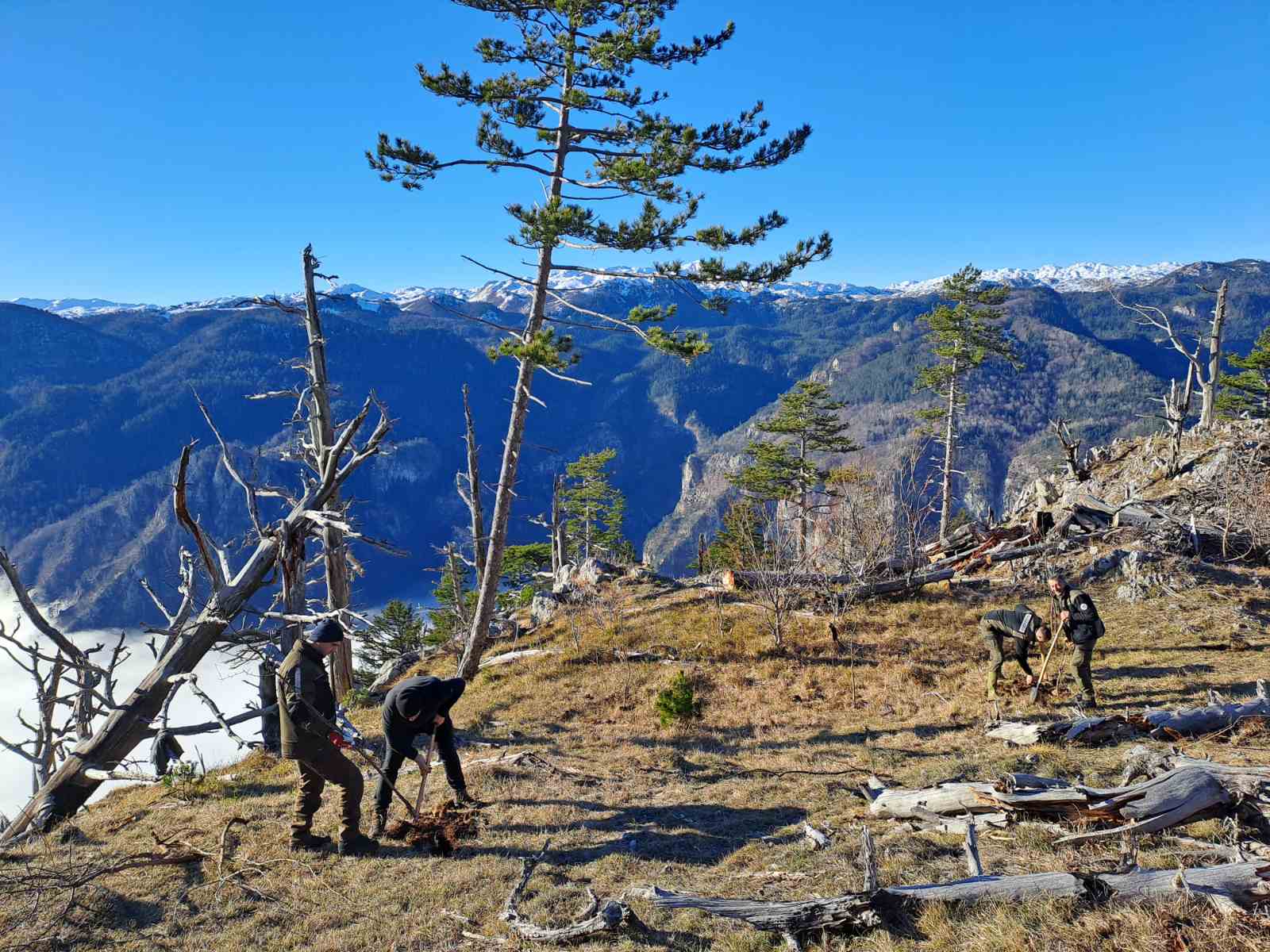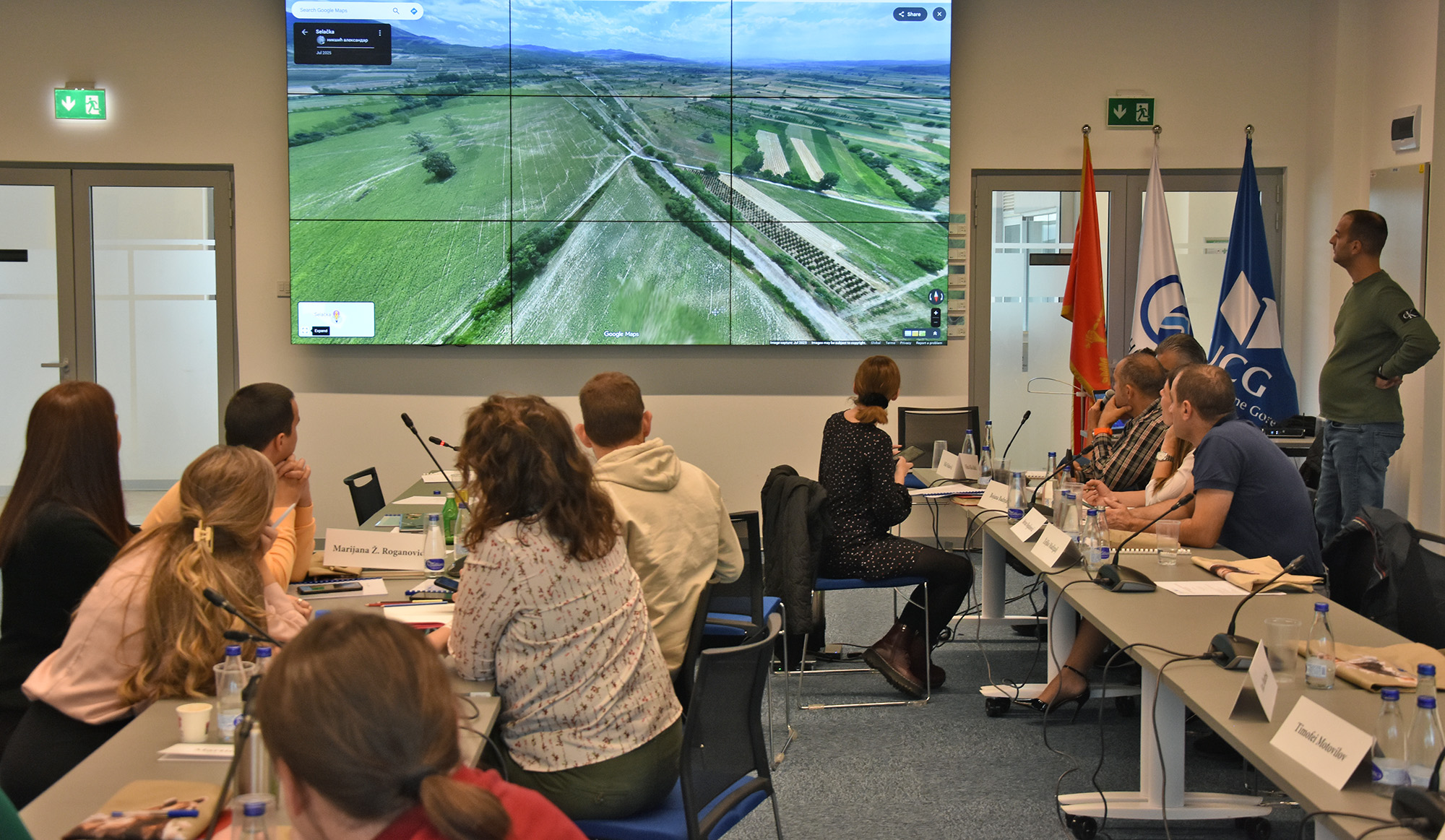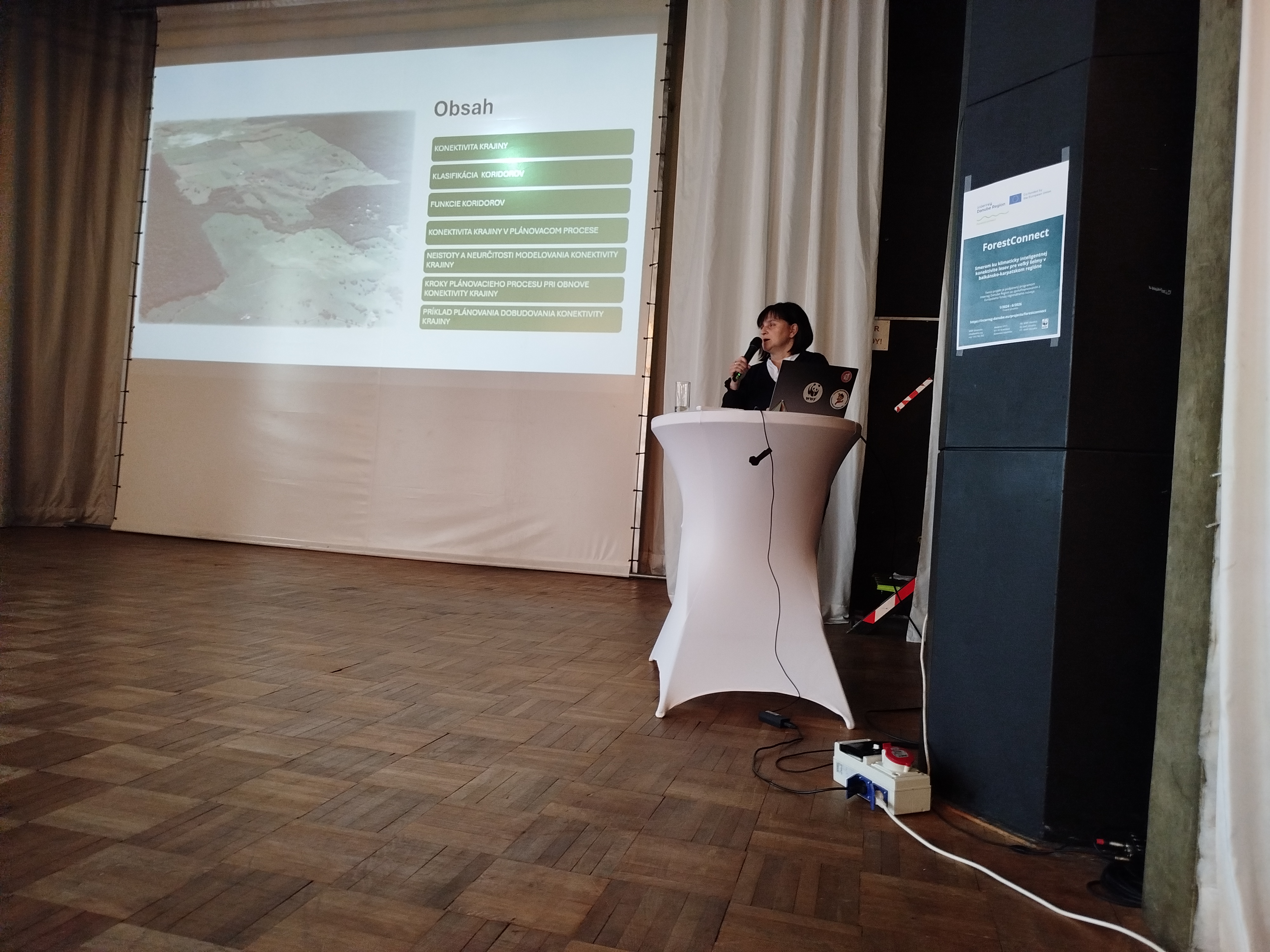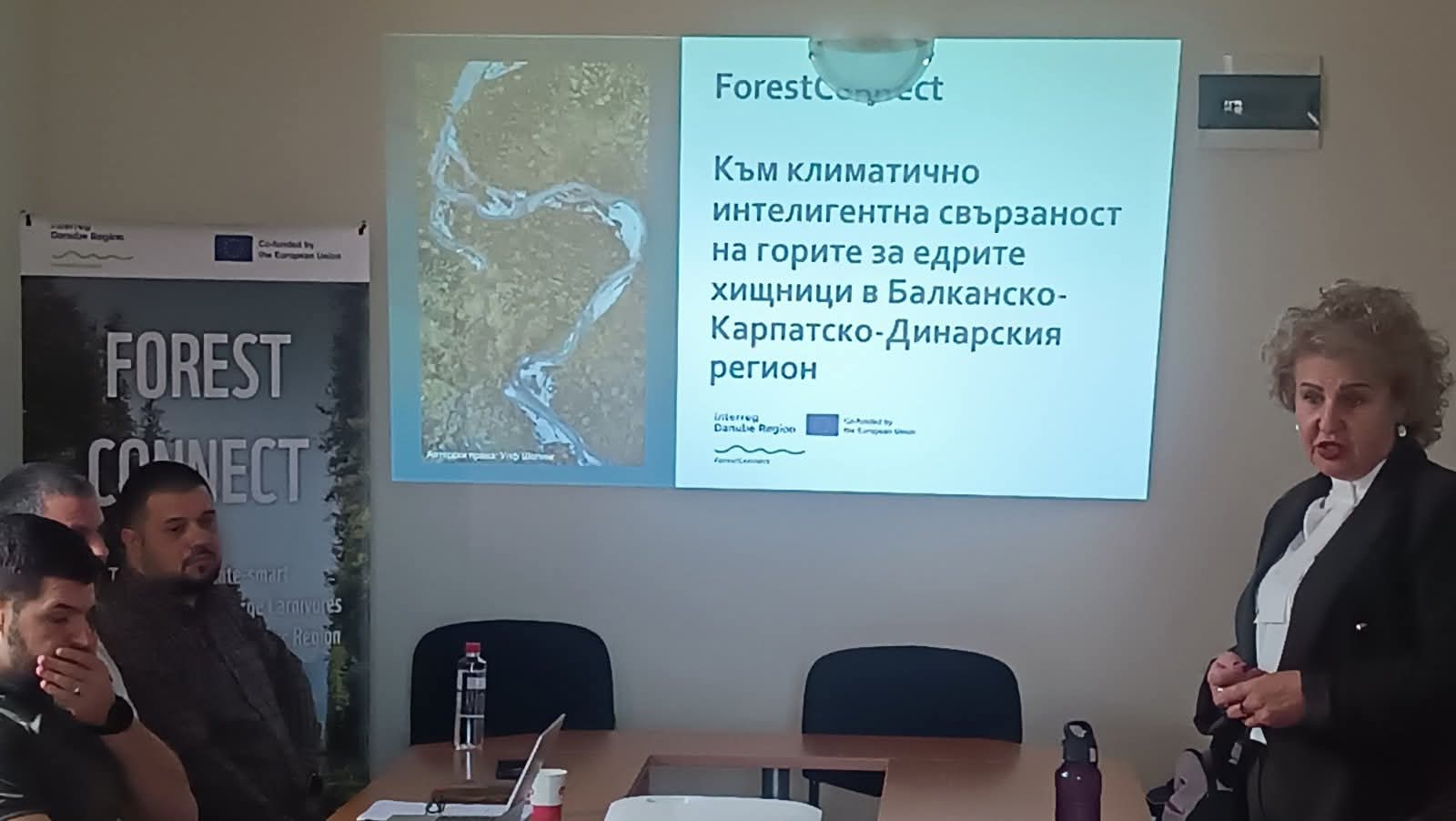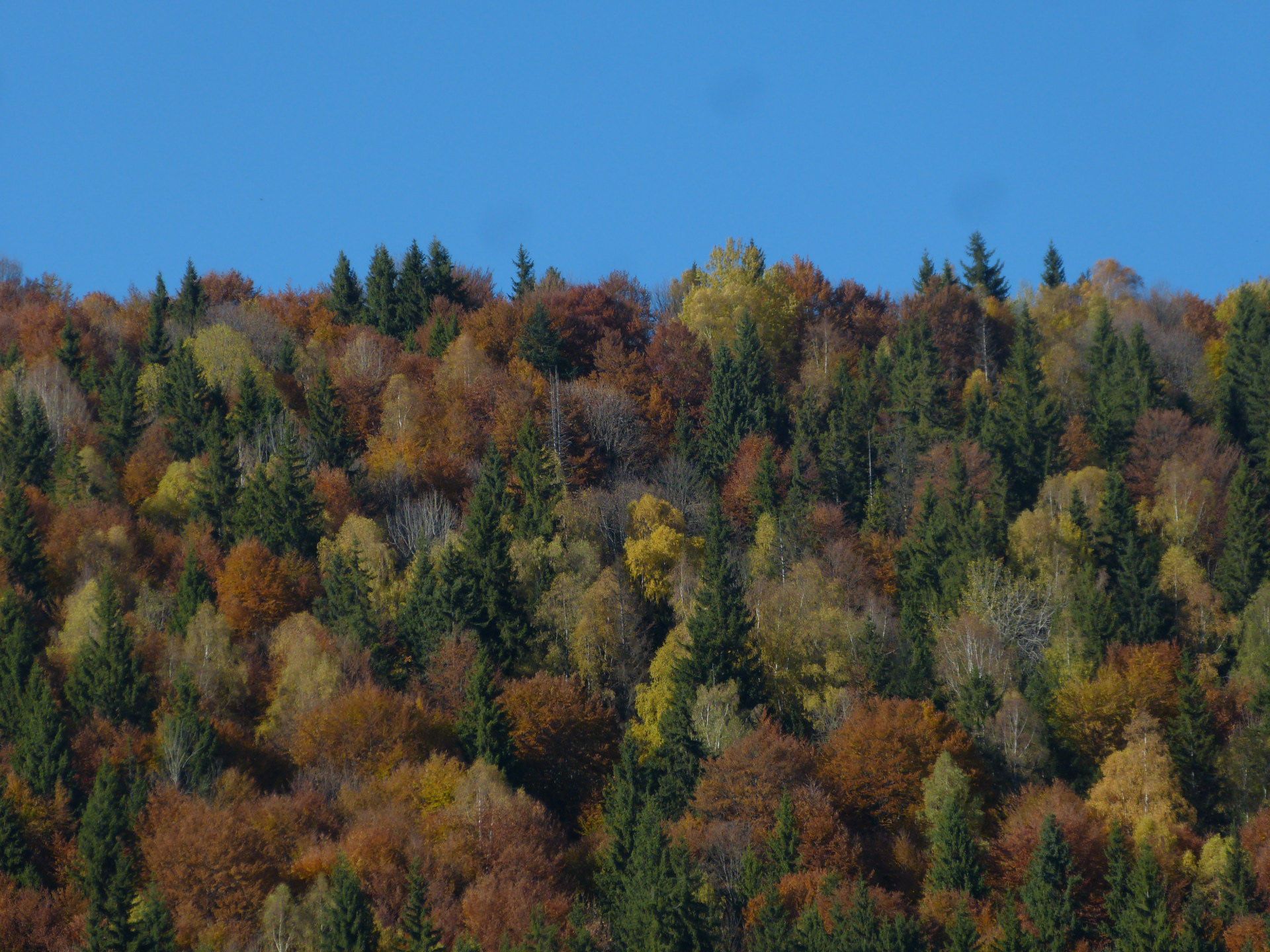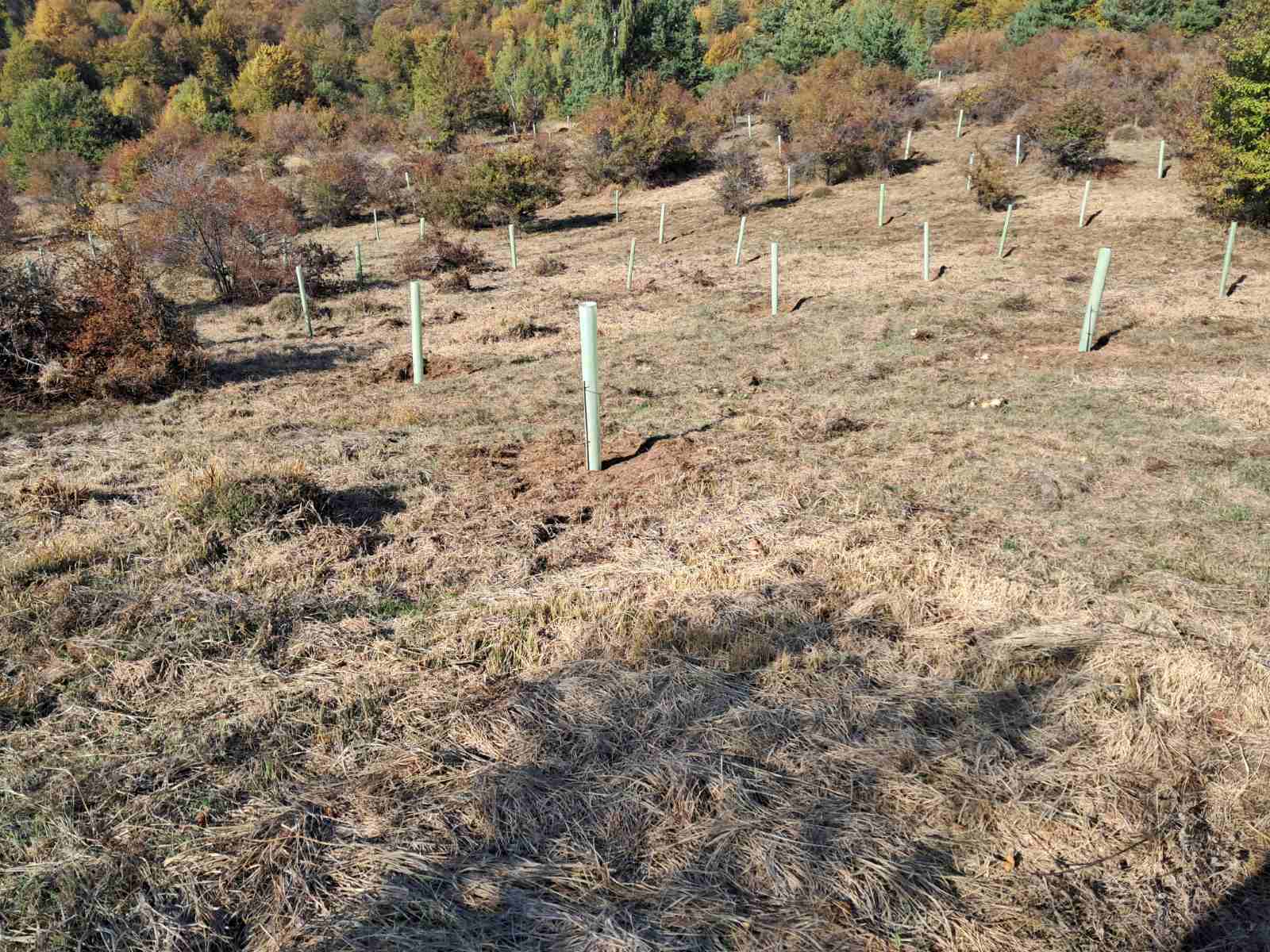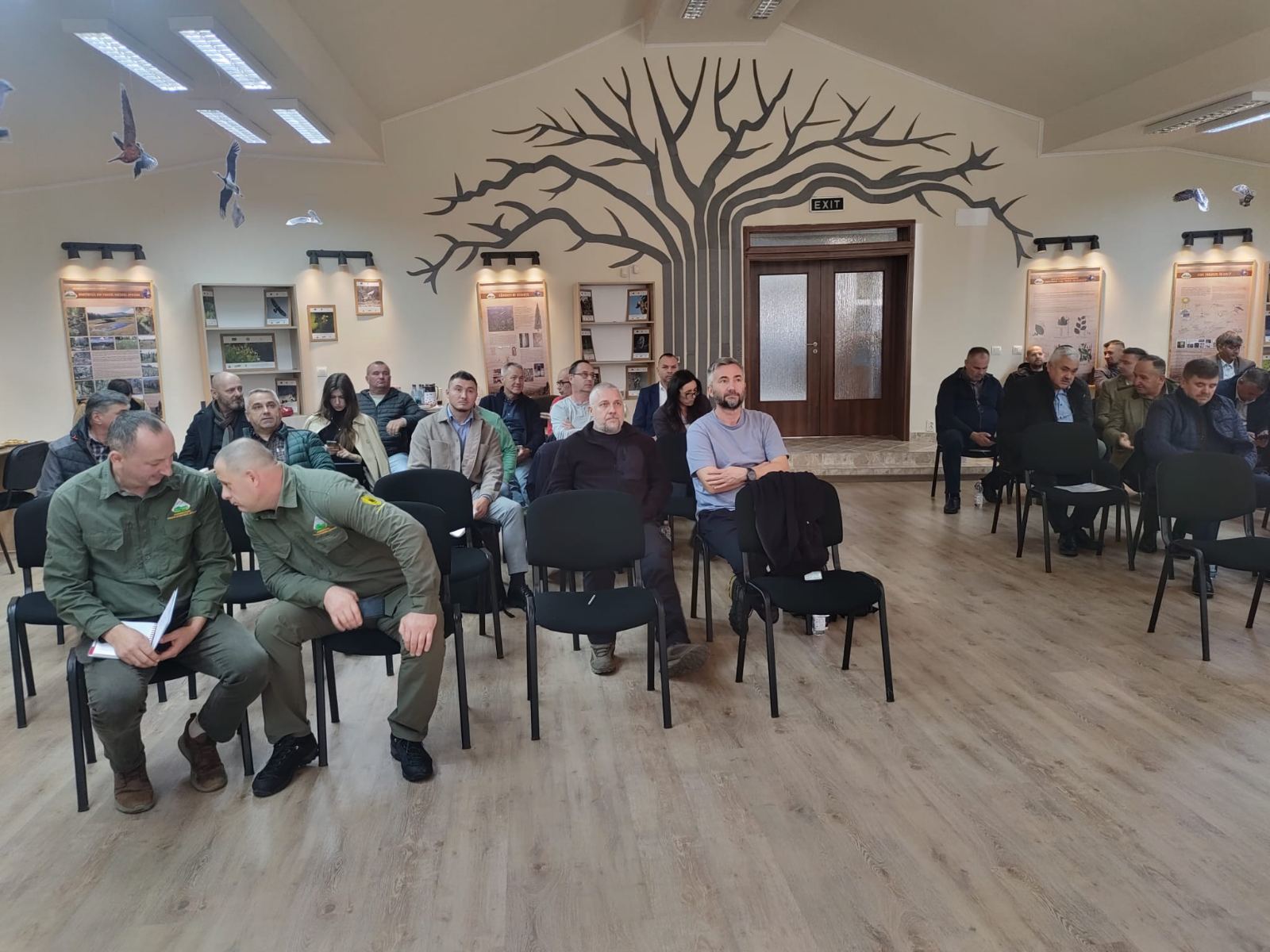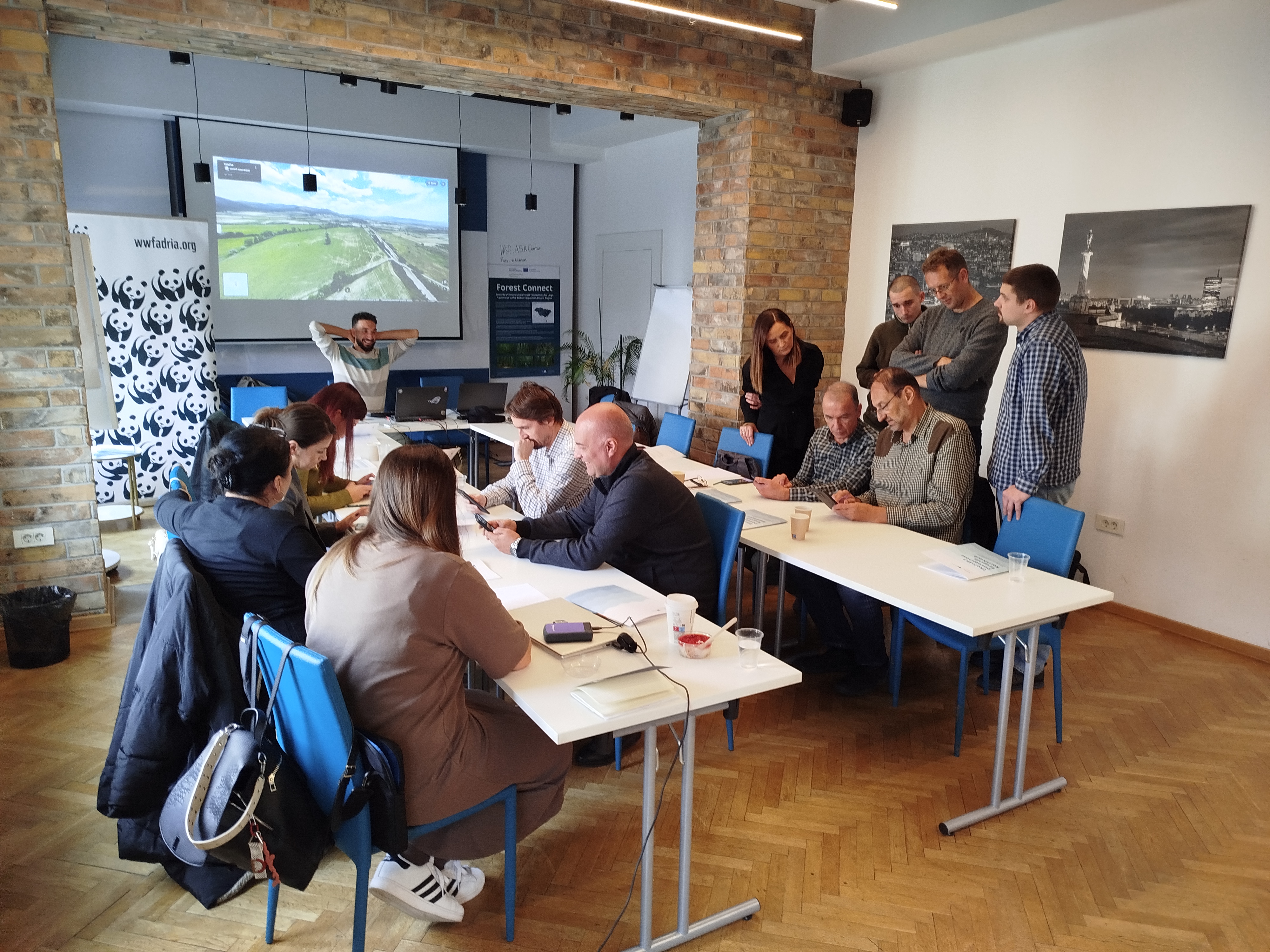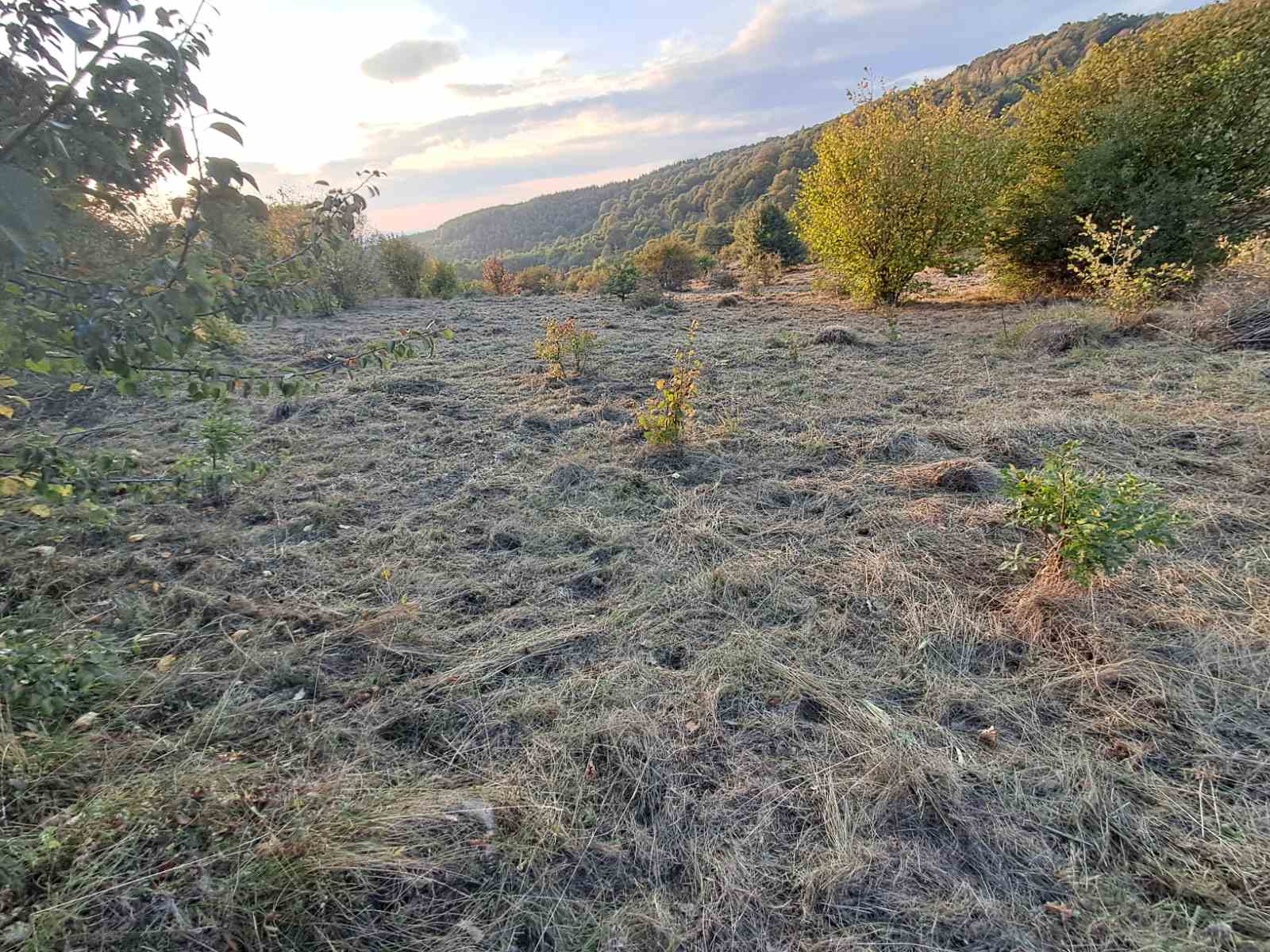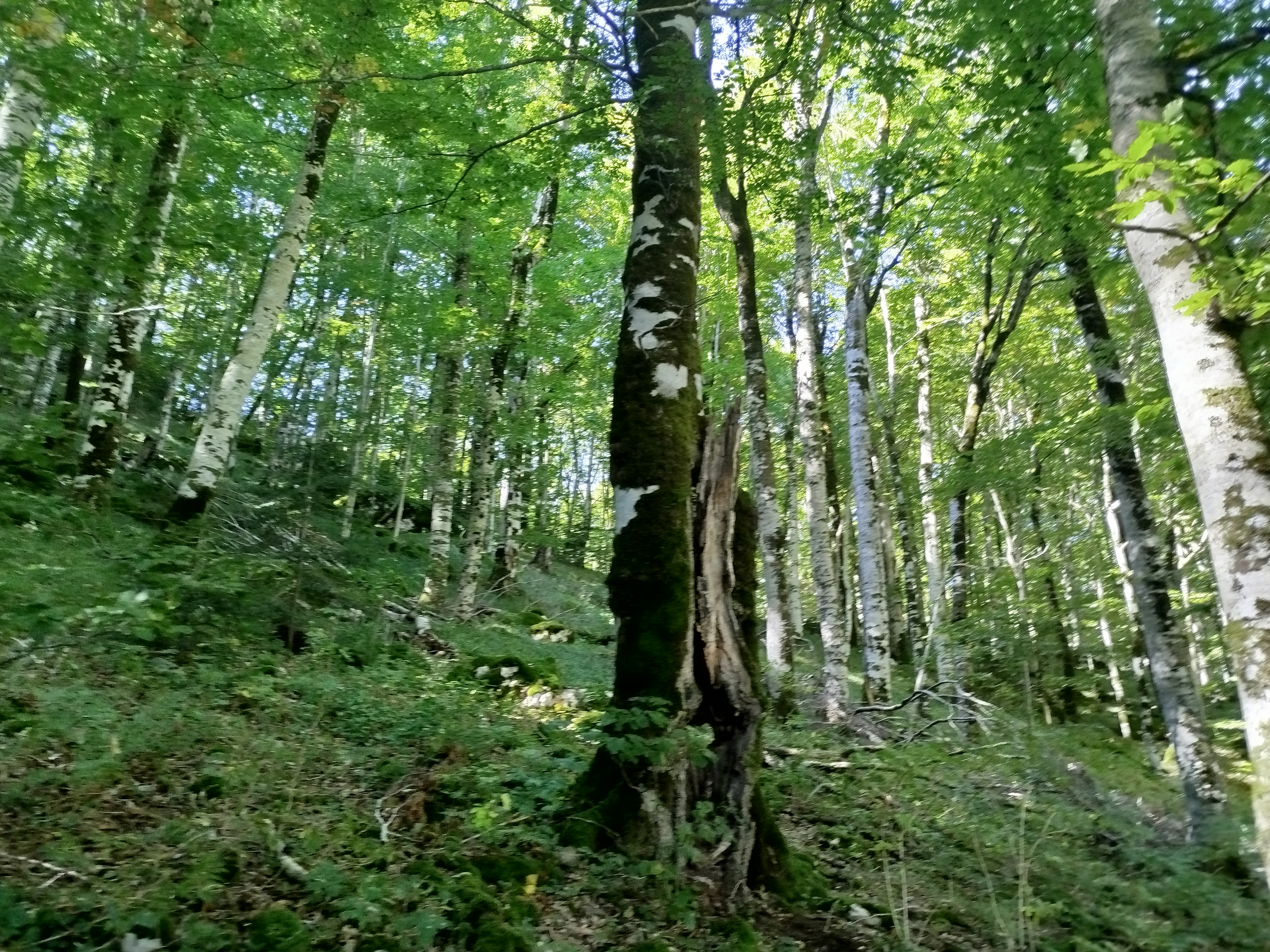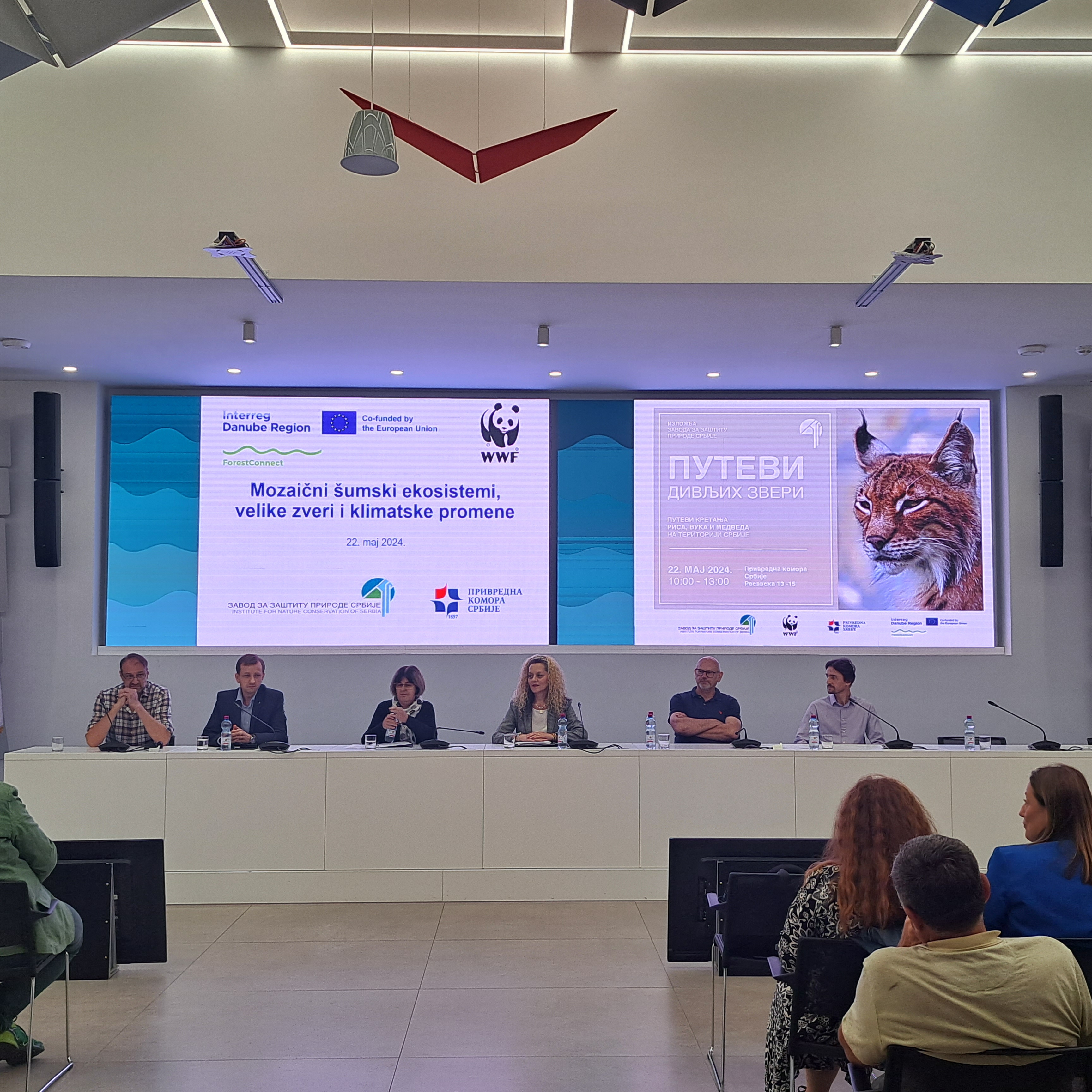
Let's preserve large animals and their habitats to preserve all of us!
BELGRADE - If we want preserved, healthy, and biodiverse forest ecosystems, it is necessary to continue and deepen the cooperation of all institutions and organizations involved in nature conservation, as well as citizens. Only in this way can we ensure harmonious coexistence.
"As humans have increasingly encroached on territories, they have displaced equal animal and plant species and reduced their habitats to, to put it mildly, inadequate conditions. If we understand that bears, wolves, and lynxes need vast territories to have the basic conditions for life, we must restore food sources in the corridors of large animals and preserve their habitats, thereby indirectly preventing potential conflicts with humans," emphasizes Vanja Jakšić from WWF Adria.
The speed at which climate change has accelerated changes in the corridors of large animals is evidenced by the fact that in some areas they are plentiful, while in others we are struggling to preserve one or two pairs that are supposed to sustain the species. "Climate oscillations have led to increasingly frequent encounters between humans and large animals. We need to continue acting through educating the population, especially in areas near human settlements. However, until prevention yields results, we need to prevent conflicts by installing electric fences," says Duško Ćirović, a professor at the Faculty of Biology.
At the same time, Vladan Bjedov from the Institute for Nature Conservation of Serbia emphasizes that "bears, wolves, and lynxes are so-called 'keystone' species because they are the cornerstone for the survival of almost all other plant and animal species in forest ecosystems, and they are responsible for regulating the numbers of all other herbivores, thus maintaining balance in nature."
Yet conflicts between forest dwellers and humans are inevitable. How can they be stopped, and what role do hunters, institutions, and residents play? We heard from representatives of the Hunting Chamber of Serbia, Milovan Stoić, as well as the District Public Prosecutor's Office. "Our role is to educate gamekeepers on how to monitor the situation in hunting grounds. We are working to ensure that all our members are increasingly informed about legal frameworks in Serbia and Europe, as well as the degree of species protection, but there are limitations in the regulations that prevent us from completely stopping someone caught poaching."
There are also examples of good practice in the courts, but not to the extent that is sufficient to prevent crimes against wild species. Prosecutors throughout Serbia inevitably have an increasing number of cases related to environmental protection, and this issue is slowly gaining importance.
After the panel, the Institute for Nature Conservation of Serbia presented the exhibition "Paths of Wild Animals," which is the result of their long-standing work on preserving large animals throughout Serbia.
The ForestConnect project foresees that over the next two and a half years, we will work to restore food in the corridors of large animals and preserve their habitats, thereby indirectly preventing potential conflicts with humans. This project is supported by the funds of the Interreg Danube Region and co-financed by the European Union.
News & Events
Read the most recent updates and explore the upcoming events.

